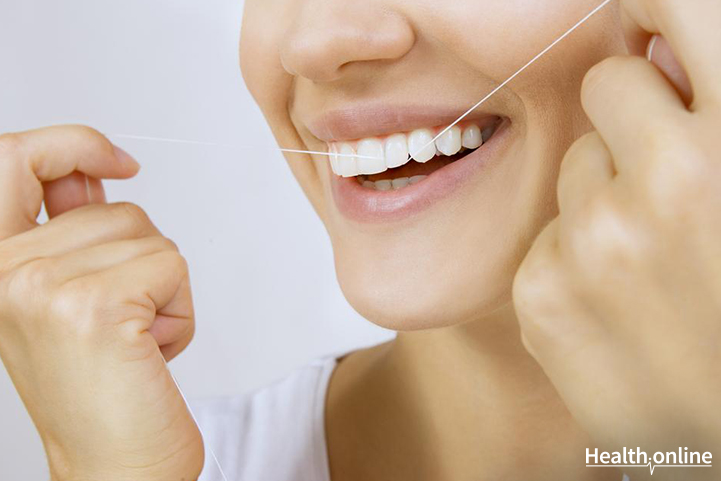
All You Need to Know about Flossing
Flossing is a way of cleaning your teeth by using a soft string that is held by the fingers. The string is inserted gently in between the teeth and it is navigated up and down. It helps remove plaque, food particles, and bacteria that may lead to a host of gum diseases. Dental floss is said to have been invented by Levi Spear Parmly, a dentist in the US, in the year 1819, but it became available to the public only from 1882. Some of the best dental floss is from Johnson & Johnson and Procter & Gamble. One has to have a high level of expertise to floss teeth properly.
Recommended Read: 10 Dental Hygiene Tips You Should Follow
Benefits of flossing
The primary benefits of using gum dental floss are:
- There are a host of places where food particles collect and cannot be removed. Flossing becomes very important on those occasions since they can be used at places where even toothbrushes cannot reach.
- They help to whiten teeth by removing plaque from teeth.
- Due to some small particles of food that remain stuck to the interdental spaces, bacteria collect and cause bad breath. By removing these particles, bad breath can be removed to some extent.
- It can help to cure gingivitis and improve the health of gums.
- Thanks to flossing, more people are getting opportunities to examine their gums and see if there is any swelling or redness in the mouth.
Recommended Read: How Oil Pulling Benefits Your Teeth
Flossing techniques
The right way for flossing is given below in a 5-step way:
- Use 18 inches of dental floss. Wind both ends of the floss around the middle finger of both hands.
- Now hold approximately one or two inches of the floss tightly between thumbs and forefingers.
- Slowly enter the floss in the interdental spaces.
- Make a C-shape curve against each tooth in the space between gum and tooth.
- Guide the dental floss up and down along the side of the tooth, under the gum line and on the back side of each tooth. While flossing, keep unrolling a fresh section of floss from one finger and rolling used floss on the other finger. Repeat this procedure in each interdental space.
- Throw away used floss after each application.
Types of flosses
There are a number of types of floss available in the market nowadays:
- Nylon (or multifilament) floss – It comprises many strands of nylon and tears or shreds quite often. They are available in waxed or unwaxed forms and in a number of flavors.
- PTFE (monofilament) floss – It is more expensive and is shred-resistant.
In addition, whitening floss is another important floss that has microscopic silica particles as a coating on the floss. They may also contain calcium peroxide. Spongy flosses are better for those who have bridges or braces. Similarly, electric flosses are more used by small children. These have dental floss holders for proper flossing. Bristle “flossers” are another form of floss that resembles a toothpick, which has a bristle end. To avoid flossing in the wrong way that may lead to a lot of problems, be sure to ask a dentist for help whenever required.
Keep yourself updated with the latest on Beauty . Like us on Facebook and follow us on Twitter for more on Health , Diet & Nutrition and Fitness . Also, check out our Health Tools and try out our health-related Quizzes .




